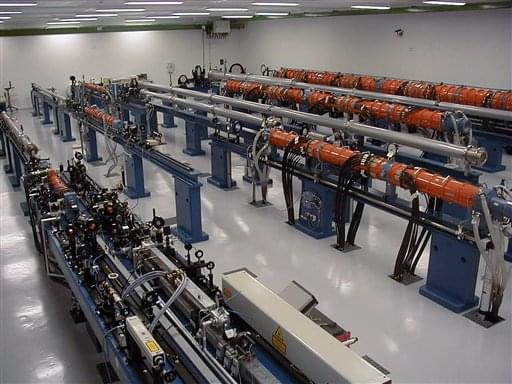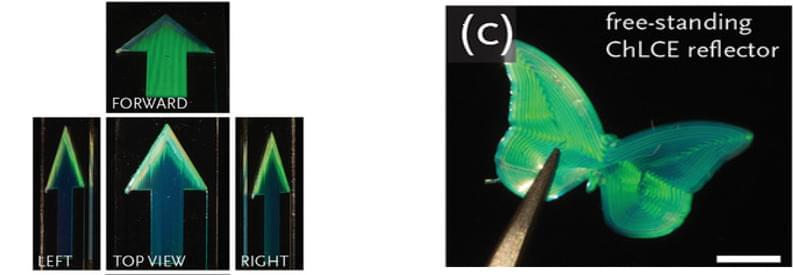Three reasons why it falls short.
Isaac Newton invented physics as we know it. And one of the ways he did so was that he formalized the initial condition problem into calculus — the mathematics of change.


A Razer Synapse zero-day vulnerability has been disclosed on Twitter, allowing you to gain Windows admin privileges simply by plugging in a Razer mouse or keyboard.
Razer is a very popular computer peripherals manufacturer known for its gaming mouses and keyboards.
When plugging in a Razer device into Windows 10 or Windows 11 the operating system will automatically download and begin installing the Razer Synapse software on the computer. Razer Synapse is software that allows users to configure their hardware devices, set up macros, or map buttons.

Related: Ethereum’s London hard fork sets ETH on a more deflationary path
For some, it’s easier to burn money than to coordinate and fund public goods. As a confessed humanist, that’s massively disappointing to me. This fundamental shift would have been tremendous support for research and development and innovation that maximizes community benefit and the thriving (rather than survival) of more transparent nonprofits. Developments in this space would make unbelievable strides forward for Ethereum and broader society.
The building blocks are here for humans to coordinate and reward those who create a lasting impact. NFTs, DAOs and retroactive public funding make it easier to put humanity first. We’re at a monumental moment for pro-social organizations, where public goods like ending world hunger, championing human rights and economic empowerment can be designed for the long run.
The European Space Agency (ESA) and Roscosmos are preparing for the2022launch of the next mission in their joint ExoMars program, which is currently undergoing final testing before shipment to Kazakhstan for a launch in September next year.
The2022astrobiology mission will see the long-awaited Rosalind Franklin rover land on Mars with the help of the Russian Kazachok lander. The lander will also perform experiments on the Martian surface after deploying Rosalind Franklin as the two craft work together to search for signs of past life on the Red Planet.
After construction delays, missed Martian transfer windows, and the COVID-19 pandemic, Rosalind Franklin, Kazachok, and the other ExoMars2022mission systems have been completing important testing milestones ahead of shipment to Kazakhstan for launch on a Proton rocket next year.




Circa 2014
Scientists in a lab used a powerful laser to re-create what might have been the original spark of life on Earth.
The researchers zapped clay and a chemical soup with the laser to simulate the energy of a speeding asteroid smashing into the planet. They ended up creating what can be considered crucial pieces of the building blocks of life.
The findings do not prove that this is how life started on Earth about 4 billion years ago, and some scientists were unimpressed with the results. But the experiment does bolster the long-held theory.


If you think at all about liquid crystals, you probably think of display technology. However, researchers have worked out a way to use an ink-jet-like process to 3D print iridescent colors using a liquid crystal elastomer. The process can mimic iridescent coloring found in nature and may have applications in things as diverse as antitheft tags, art objects, or materials with very special optical properties.
For example, one item created by the team is an arrow that only appears totally green when viewed from a certain angle. The optical properties depend on the thickness of the material which, being crystalline, self-organizes. Controlling the speed of deposition changes the thickness of the material which allows the printer to tune its optical properties.
The ink doesn’t sound too exotic to create, although the chemicals in it are an alphabet soup of unpronounceable organic compounds. At least they appeared available if you know where to shop for exotic chemicals.